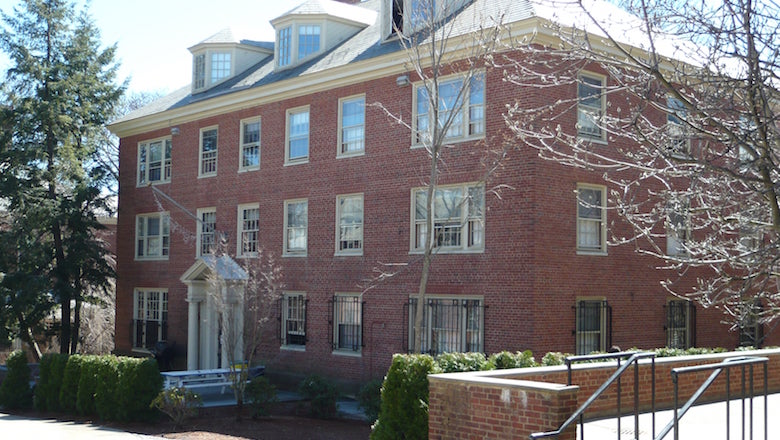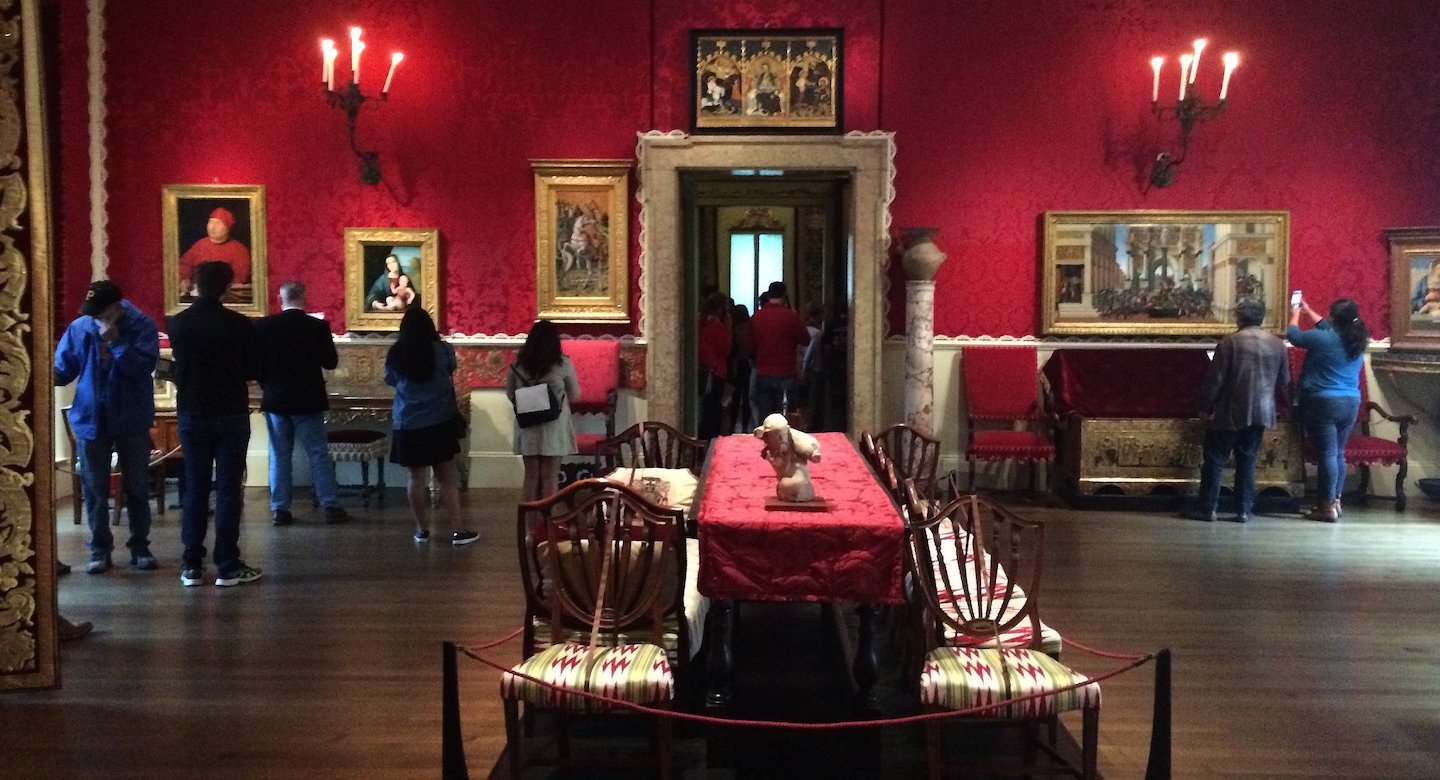Engineered solutions + a behavior change program = reduced dormitory energy loss by more than 50%
The dorm energy-efficiency project (DEEP) at Brown University took a look at ways to discourage students from opening their windows during the wintertime when the heat was on.

Historic buildings aren’t generally known for their smooth heating and cooling functionality. Old radiators and other equipment tend to have an “on/off” functionality: it can be boiling in a room in January, and occupants may feel like they have no other option than to open a window, even when the heat is on.
Piloting Greener Dorms: Phase I
In the spring of 2011, Brown University partnered with GreenerU to pilot a study that investigated an integrated approach to improve energy and water efficiency in Diman House, a residence hall on campus.
Using a number of engineered energy-efficiency improvements—installing thermostatic radiator valves, control systems, energy-efficient shower heads, a new hot-water heater, and redesigned LED lighting—this project simultaneously engaged and educated dorm residents about energy conservation behaviors.
Compared to energy use at Olney House as a control, with no efficiency or behavioral changes, Diman House saw a 58% reduction in thermal energy use.
Piloting Greener Dorms: Phase II
The following year, Brown underwent a second phase of this experiment: to determine the extent to which behavior change efforts influence energy reduction efforts, as compared to engineered solutions alone. Four 1950s-vintage residential buildings were selected: Emory and Woolley Houses were controls with energy-efficiency improvements alone, and Champlin and Morriss had the same improvements, plus a set of behavior-change engagement strategies.
Behavior-change strategies included RA and student trainings, Eco-Rep programming, educational visual cues, energy showcase events, energy pledges, email campaigns, and peer-to-peer education events.
The results: dramatic
Window opening in Champlin and Morriss with engagement strategies was 50% lower compared to Emory and Woolley. Compared to buildings with no changes, window opening was 75% lower.
Since its initial work with Brown University, GreenerU has applied the same approach to additional 34 dorms there, plus at 30 more dorms across New England representing 2 million square feet of space. This represents an annual energy savings of $0.75 per square foot at dorms across New England.
Are your school’s dorm due for a look at energy-savings opportunities? Combined strategies can lead to major savings—and provide opportunities to educate and engage your student body. Call GreenerU at 781-209-5670 or email info@greeneru.com today to talk with us about opportunities to green your dorm!



